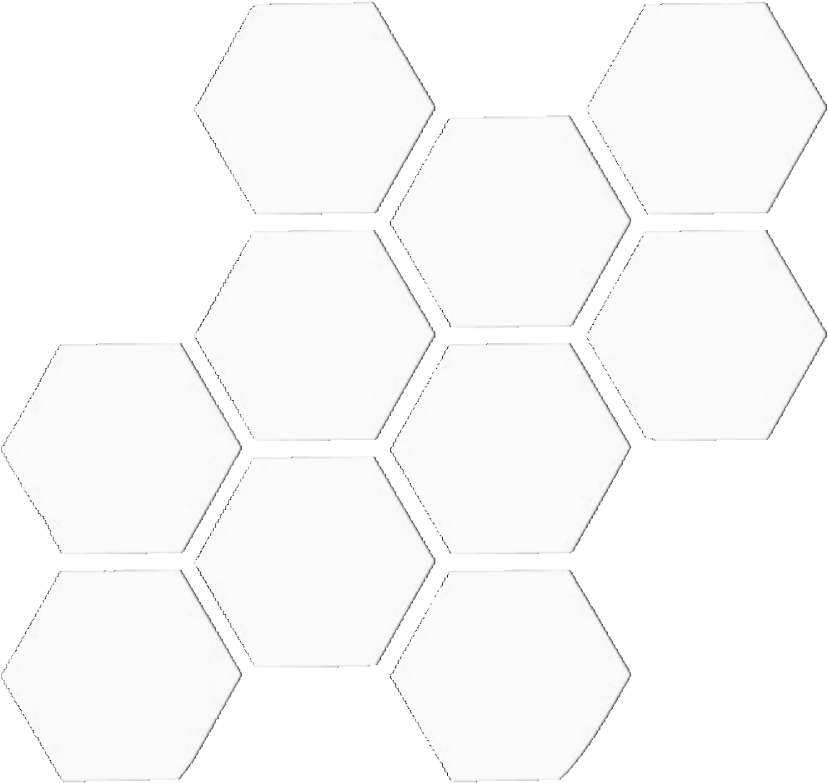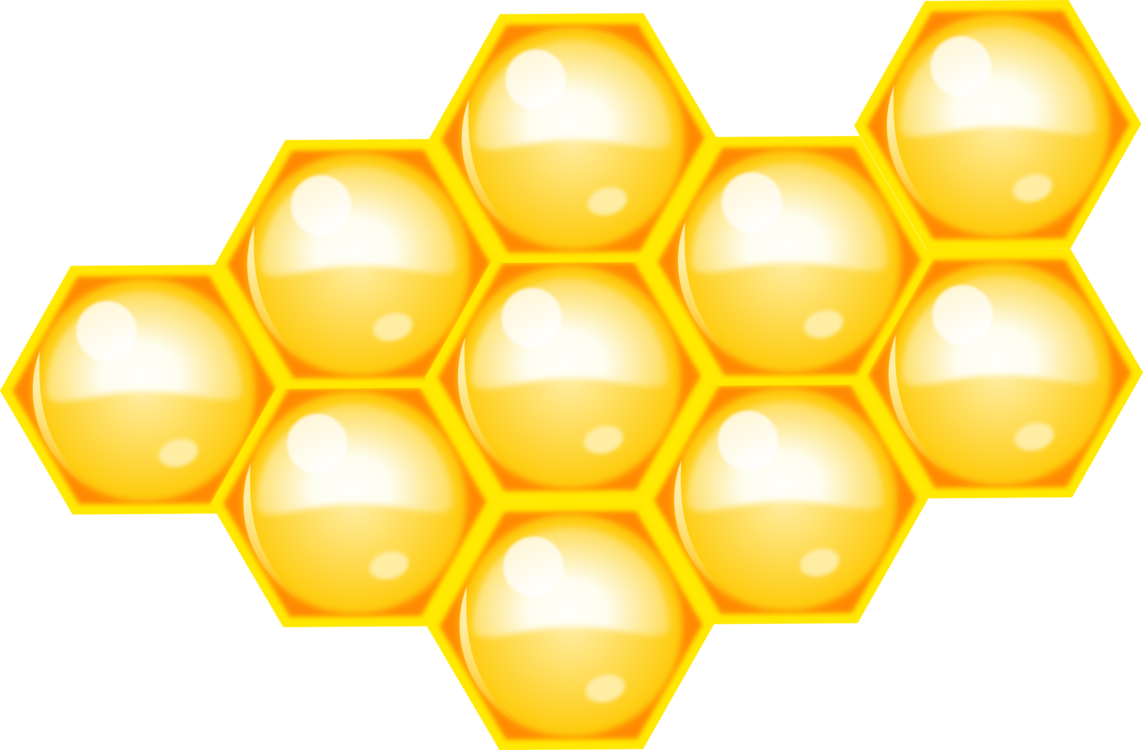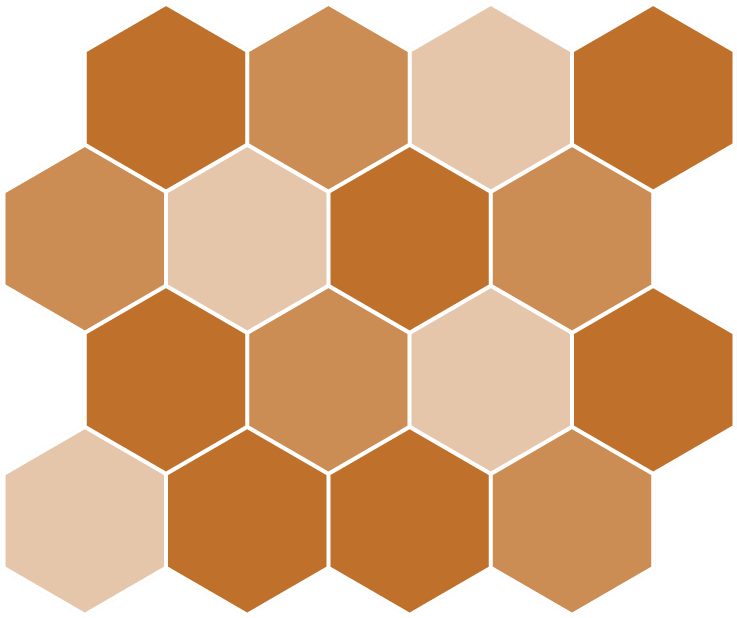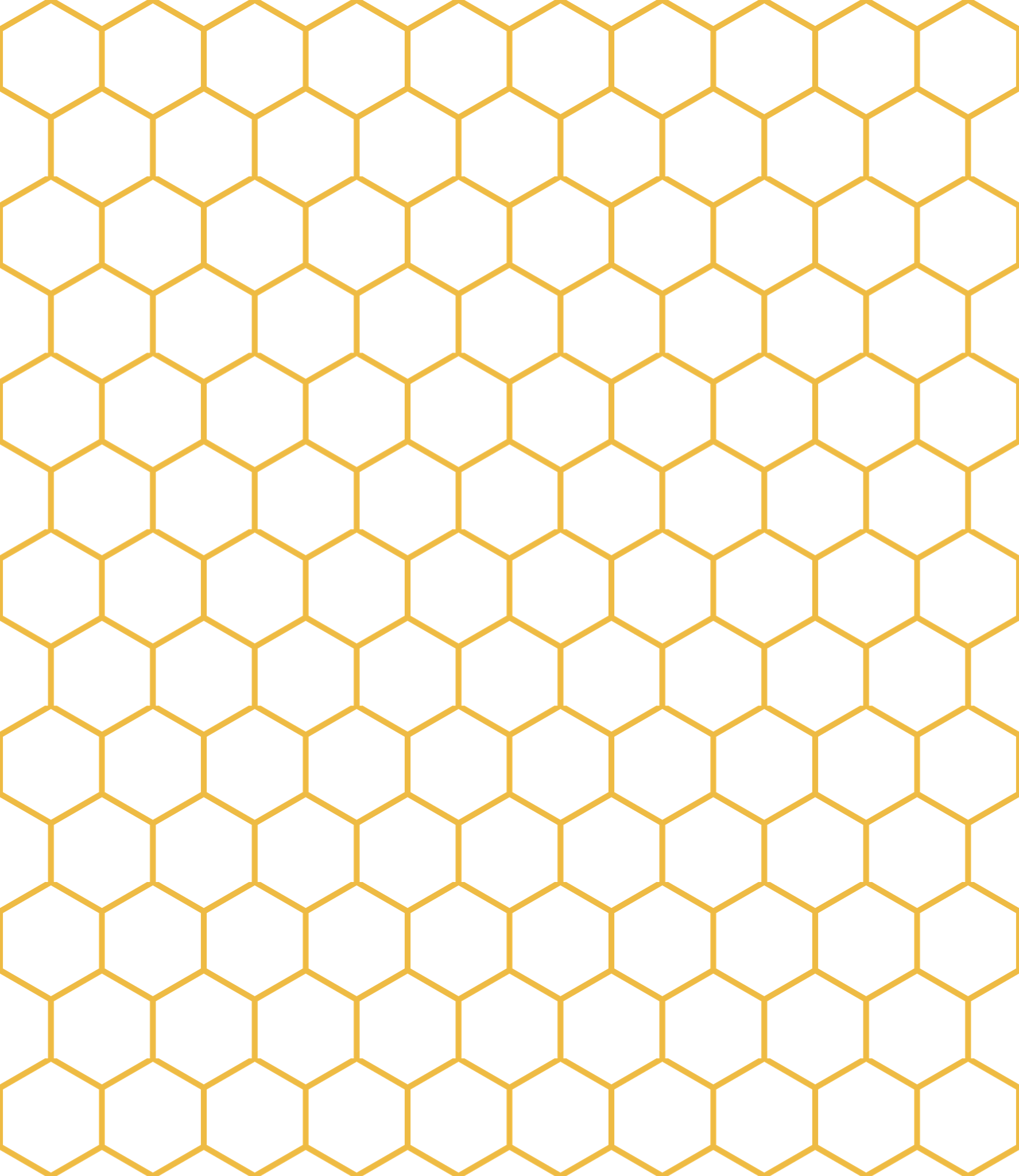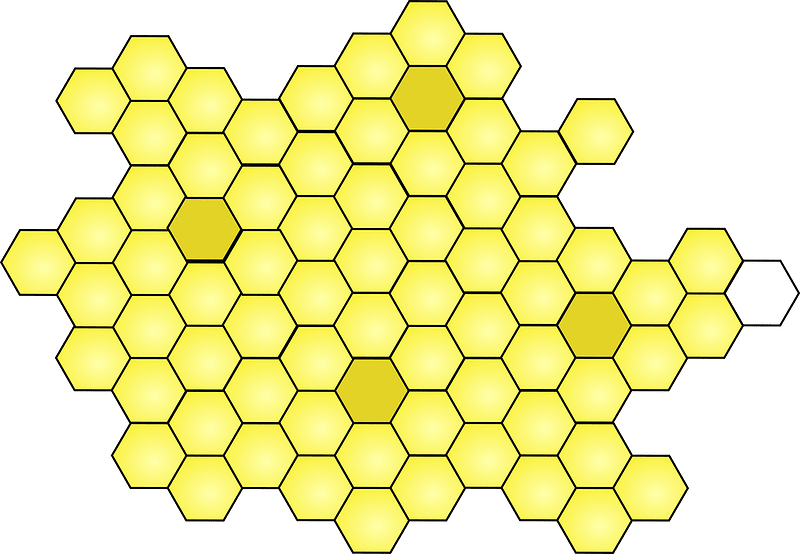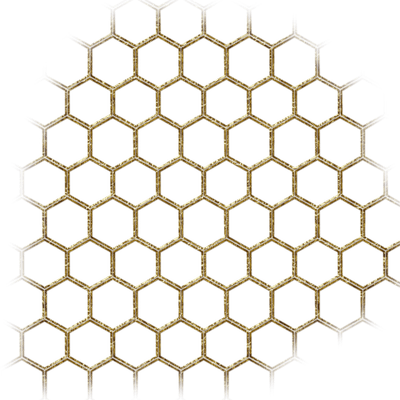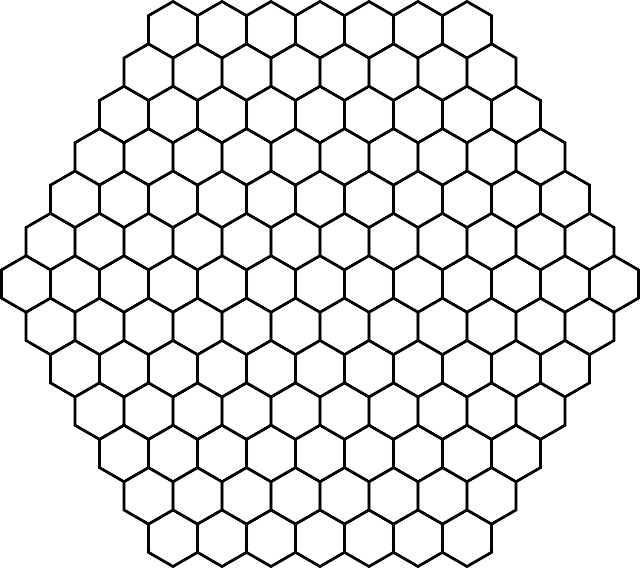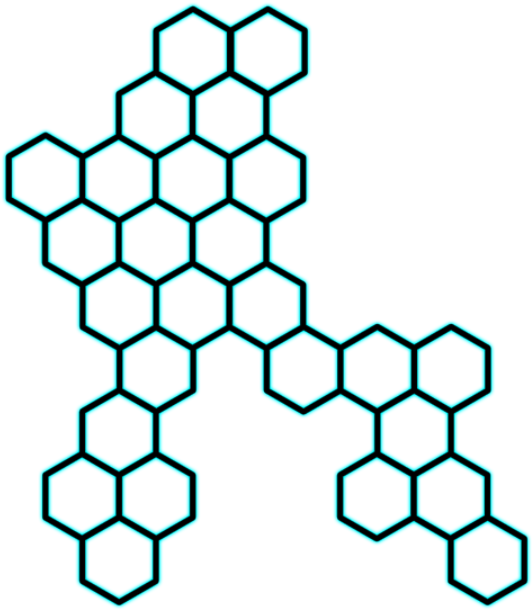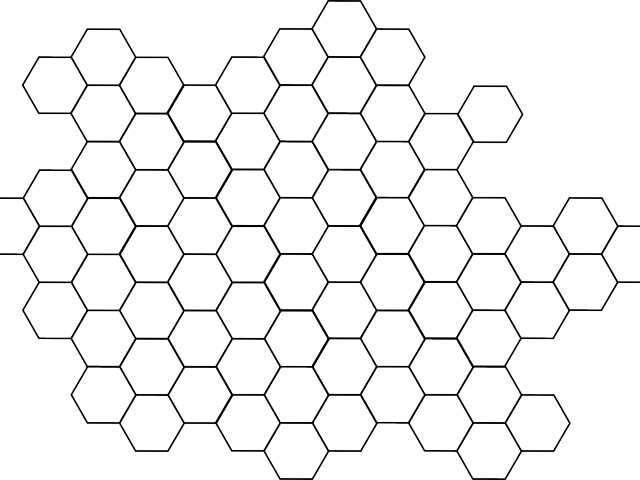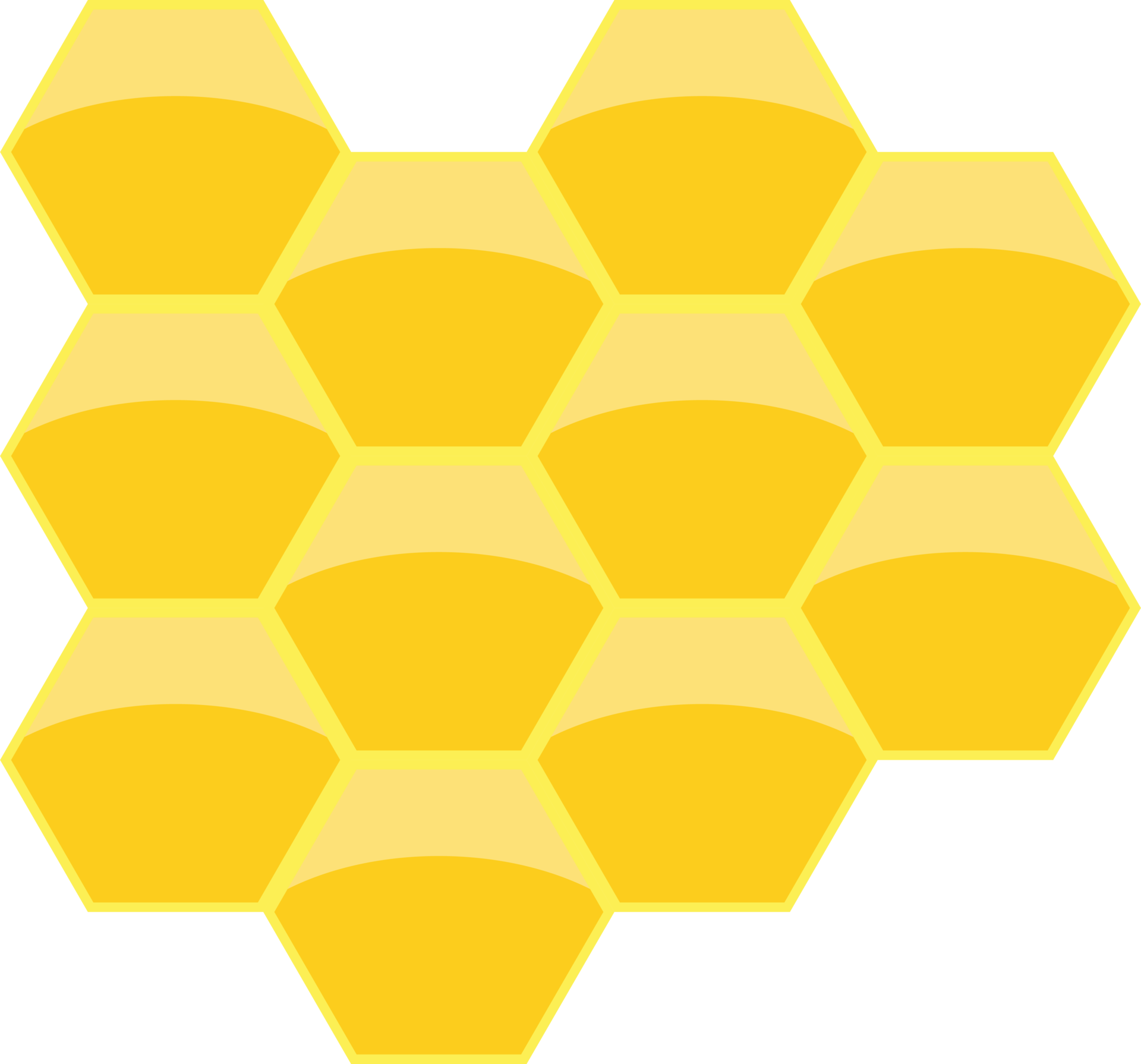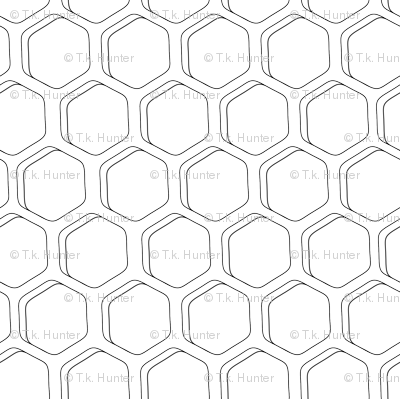Download top and best high-quality free Honeycomb PNG Transparent Images backgrounds available in various sizes. To view the full PNG size resolution click on any of the below image thumbnail.
License Info: Creative Commons 4.0 BY-NC
Honeycomb is a unique and complex structure found in beehives. It is made up of beeswax and has a hexagonal shape that creates individual cells where bees store honey, pollen, and larvae.
Honeycomb Structure
The hexagonal shape of honeycomb cells is not just for aesthetics. It is a highly efficient way for bees to store their honey and pollen. Each cell is perfectly shaped to use the least amount of wax while providing maximum storage capacity. The hexagonal shape also provides stability and strength to the honeycomb structure.
The walls of honeycomb cells are incredibly thin, measuring only about 0.1 mm thick. Beeswax is used to construct the walls of the cells. It is a natural wax produced by honey bees, and is secreted from special glands found on the abdomen of worker bees. These glands secrete liquid wax, which hardens when it comes in contact with air.
Beeswax and Honey Production
Beeswax is a crucial component in honey and pollen storage, as well as larva rearing. In fact, honey production is dependent on beeswax production. Bees will consume significant amounts of honey to produce beeswax, which they create by chewing the honey, mixing it with enzymes and special mouth gland secretions, and then molding it with their mandibles into comb.
Honey is also stored directly in honeycomb cells. Nectar collected by bees is stored in their honey stomachs, where enzymes break down the sugars. Once the bees return to the hive, they regurgitate the nectar, which is then passed from bee to bee, and ultimately stored in honeycomb cells for ripening.
Roles of Honeycomb in Bee Colonies
Honeycomb plays crucial roles in the life of bees. In addition to storing honey, pollen, and larvae, honeycombs are used for temperature regulation and humidity control. Bees use their wings to fan the hive, which helps maintain optimal temperature and humidity levels for the bees. Honeycomb cell walls also naturally emit scent signals that help bees navigate around the hive and identify dangerous intruders.
Beekeepers often observe the behavior of the bees while examining the honeycomb to assess the health of the colony. The quality of the honey stored in the honeycomb can provide valuable insight into the overall health of the hive.
Honeycomb and Human Consumption
Humans have been harvesting honey from honeycomb for thousands of years. Honey harvested directly from the honeycomb has a unique flavor profile and texture that many people find superior to processed honey. Eating honeycomb has also been shown to provide numerous health benefits, as it contains beneficial enzymes, antioxidants, and flavonoids.
Conclusion
Honeycomb is an incredible feat of nature, combining both form and function. Its hexagonal shape efficiently stores honey, pollen, and larvae, while also playing critical roles in hive temperature and humidity control, as well as colony defense. Humans have enjoyed the benefits of honeycomb for thousands of years, and its natural flavor and health benefits continue to make it a popular food choice to this day.
Download Honeycomb PNG images transparent gallery
- Honeycomb PNG
Resolution: 828 × 783
Size: 100 KB
Image Format: .png
Download
- Honeycomb Transparent
Resolution: 792 × 632
Size: 44 KB
Image Format: .png
Download
- Honeycomb
Resolution: 1143 × 750
Size: 357 KB
Image Format: .png
Download
- Honeycomb Background PNG
Resolution: 737 × 618
Size: 14 KB
Image Format: .png
Download
- Honeycomb No Background
Resolution: 450 × 450
Size: 114 KB
Image Format: .png
Download
- Honeycomb PNG Clipart
Resolution: 1775 × 2048
Size: 299 KB
Image Format: .png
Download
- Honeycomb PNG Cutout
Resolution: 900 × 782
Size: 339 KB
Image Format: .png
Download
- Honeycomb PNG Free Image
Resolution: 800 × 554
Size: 62 KB
Image Format: .png
Download
- Honeycomb PNG HD Image
Resolution: 400 × 400
Size: 44 KB
Image Format: .png
Download
- Honeycomb PNG Image File
Resolution: 640 × 568
Size: 39 KB
Image Format: .png
Download
- Honeycomb PNG Image HD
Resolution: 512 × 512
Size: 23 KB
Image Format: .png
Download
- Honeycomb PNG Image
Resolution: 532 × 610
Size: 88 KB
Image Format: .png
Download
- Honeycomb PNG Images HD
Resolution: 800 × 562
Size: 75 KB
Image Format: .png
Download
- Honeycomb PNG Images
Resolution: 640 × 480
Size: 81 KB
Image Format: .png
Download
- Honeycomb PNG Photo
Resolution: 700 × 485
Size: 54 KB
Image Format: .png
Download
- Honeycomb PNG Photos
Resolution: 1920 × 1790
Size: 182 KB
Image Format: .png
Download
- Honeycomb PNG Pic
Resolution: 1920 × 1367
Size: 107 KB
Image Format: .png
Download
- Honeycomb PNG Picture
Resolution: 400 × 399
Size: 94 KB
Image Format: .png
Download
